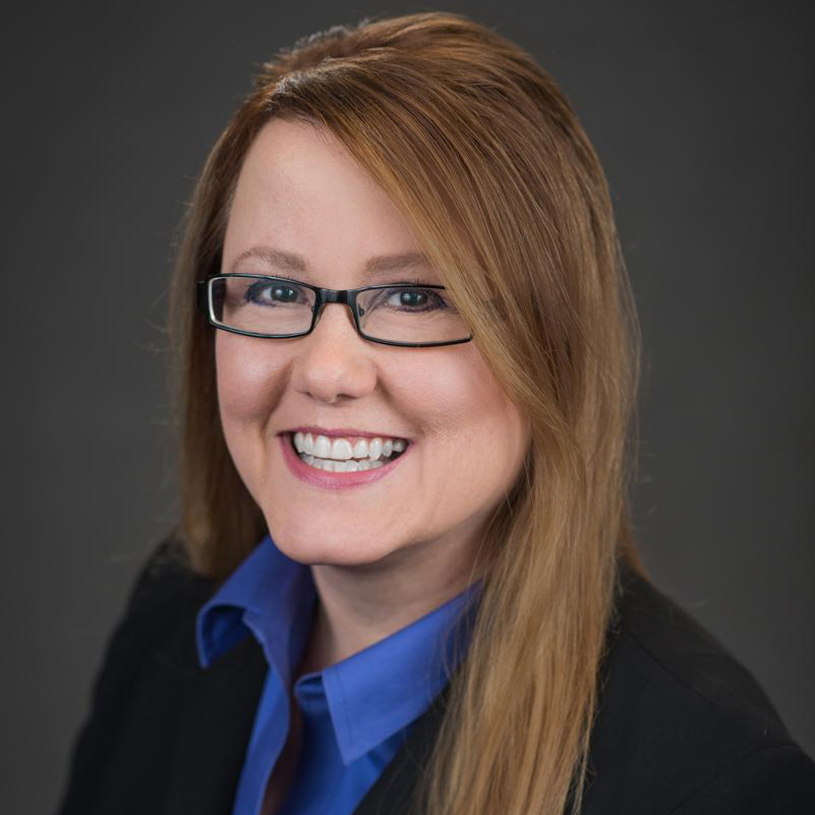
It happened again this year. Medical school graduates showed a lack of interest in entering the field of geriatric medicine relative to other fields, as evidenced by the fellowship programs they tried to get into for additional training. Results were announced earlier this month.
Of 68 specialties offering fellowship positions, geriatric medicine saw the lowest percentage of positions filled other than academic general pediatrics, according to the National Resident Matching Program, the nonprofit, nongovernmental organization that operates the Specialties Matching Service through which medical school graduates apply for fellowships. Only 52% of the 400 fellowships offered in geriatric medicine were filled this year.
Even then, the percentage marks an improvement over the past several years. In 2020, 50.4% of geriatric medicine fellowship positions were filled; in 2019, 50.8%; in 2018, 45.5%; and in 2017, 44.6%.
Maybe it’s a cause for celebration that interest appears to be increasing, albeit slowly. Keep in mind, however, that 14 specialties saw 100% of their fellowship positions filled in 2021, and 24 more saw match percentages anywhere from 90% to 99%.
In a 2016 survey by the NRMP, geriatric medicine fellowship program directors identified the top potential challenge for their programs as “not enough applicants in the specialty,” rating it 4.8 on a 5-point scale. The main reason for the lack of interest in geriatric medicine can be found in the second-highest-ranked potential challenge cited: “undesirable income potential as a practicing physician,” which scored a 4.5 on the scale. We also know that the opportunity to successfully manage multiple chronic conditions simultaneously is a draw for too few.
Even beyond attracting medical school graduates to enter geriatrics, however, is the challenge of interesting geriatricians — as well as internal medicine physicians, family practitioners, physician assistants, nurse practitioners and other healthcare professionals — to practice in long-term care facilities. But AMDA–The Society for Post-Acute and Long-Term Care Medicine may have an answer.
During the organization’s recent annual meeting, the House of Delegates passed a resolution that calls for AMDA to work with other associations to require that medical students and residents — as well as students in nursing, dentistry, psychiatry, psychology and podiatry — train in assisted living communities and nursing homes during their primary care rotations.
“The exposure to a care setting such as a skilled nursing facility and assisted living facility is a must because they’re distinct and different from other care settings like clinics and hospitals,” Rajeev Kumar, M.D., FACP, CMD, who put forth the resolution, told me.
The resolution now will be considered by AMDA’s board. If the board passes the resolution — and Kumar, AMDA’s secretary, said he is optimistic — then it likely will be sent to the American Medical Association for further action. He is AMDA’s delegate to the AMA.
If the resolution is favorably received at the AMA, then that association and AMDA would work together to try to influence the Accreditation Council for Graduate Medical Education, which accredits all graduate medical training programs for physicians in the United States, and the American Association of Medical Colleges to start requiring students, fellows and residents to be exposed to long-term care settings. Doing so, according to the resolution, would encourage primary care physicians to practice in long-term care because they would be more familiar with applicable regulations.
In addition to the AMA and the American Osteopathic Association, the resolution calls for AMDA to work with the Gerontological Advanced Practice Nurses Association, the American Psychological Association, the American Podiatric Medicine Association, the American Dental Association, the American Nurses Association and other organizations “to advocate for required training of students and trainees in their respective disciplines in senior living communities (to include nursing homes and assisted living facilities) during their clinical rotations.”
If initiatives such as this one become a reality, then those fellowship numbers may continue to inch upward, and more healthcare professionals may choose to practice in long-term care settings. Assisted living and nursing home residents — and the places they call home — will be the beneficiaries.

